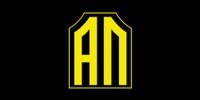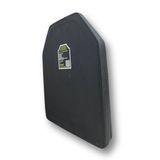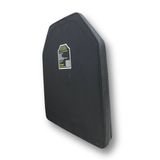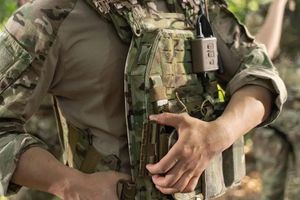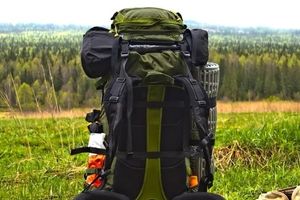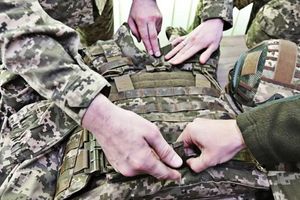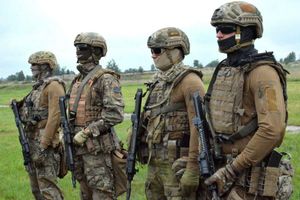People can be overwhelmed by the variety of body armor choices. A potential buyer needs to process a lot of information. You can spend months of research before knowing exactly what you are looking for. Sometimes directions and advice can shorten the time it takes to make the right decision by giving you a few simple criteria to start your search.
People have been wearing armor for thousands of years. Ancient tribes, going hunting, tied the body with animal skin and plant material, and the warriors of Ancient Rome and medieval Europe covered their torso with metal plates before the start of the battle. By the 1400s, armor in the Western world had become very sophisticated. With the right armor, you were almost invincible. Unfortunately, today everything has changed. New types of weapons are constantly appearing, and only after their appearance, developers can create armor with the desired level of protection.
Which vests exist?
The body armor design includes the following elements:
- case for placement of armor plates, fixation system;
- the main elements of protection are plates;
- shock-absorbing lining

This is how the plate carrier is arranged — a vest with pockets for armor plates. This is just the general structure of the media. They differ in many respects. The main one is the protection class, but it will be discussed a little lower. You should pay attention to other characteristics:
- Wear type. The body armor can be worn over and under clothing. If you don't want others to see your body armor, you'll need a small model that can be worn discreetly. Open-wear vests are thicker and have colors that blend easily with the surroundings.
- The material of the armor. Depending on it, 3 types are distinguished - A, B, C. Type A vests are soft and do not contain hard plates, B - combine soft materials and hard plates, C - contain hard plates.
- Size. People have different heights and builds, so there is no universal vest that will protect both Wladimir Klitschko and Vasily Lomachenko. Depending on the size, the effective area of protection can be from 18 to 42 dm2.
- Additional systems. Many vests have a quick release system, so the fighter can get rid of damaged armor, get medical attention, or shed excess weight when they hit the water. The MOLLE system allows you to conveniently fix the results.
Concealed carry models are designed to be thin enough. They can be hidden under something like a jacket, but they can also be worn openly. In this option, there are usually no opportunities for installing additional equipment.
The open vest is suitable for mounting various plates. This look is designed to be worn over clothing and is often covered with MOLLE tape for attaching other gear. The belt also allows you to attach side armor plates, which is an option for better protection. However, older models do not have a quick reset facility, which may prevent you from receiving medical care.

A hard body armor made of thick ceramic or metal plates functions in much the same way as the iron suits of medieval knights: it is strong enough to deflect a bullet or other weapon. That is, the material of the armor pushes the bullet with the same force (or almost the same force) as the bullet pushes, so the armor does not penetrate.
Typically, hard body armor provides more protection than soft body armor, but it is much more bulky. Police officers and military personnel may wear such protection when there is a high risk of attack.
Classification of body armor in Ukraine
Protection class is the most difficult attribute of body armor to understand. The DSTU operates a certification program that can give buyers an idea of what to expect from an armor. The system divides body armor into different protection classes, from 1 to 6.
While the threat levels are numerous and provide some information about the armor's ability to stop a higher threat, the DSTU ratings are actually more complicated than just saying "level 5 is better than level 4", since that statement includes other details. If the fighter is on a mission that requires mobility and speed, a heavy 6th grade vest will get in the way. For such a task, it is better to choose a vest of the 4th class.
In general, the classification of DSTU 8782:2018 is as follows:
- 1st class. The armor protects against 9x18mm, 9mm Makarov, 9x19, 9mm Luger, 9mm Parabellum, FMJ RN SC.
- 2nd class stops bullets 7.62 × 25 mm, PST 57-N-134s.
- 3rd class is capable of stopping 5.45x39 mm PS, 7N6 bullets, 7.62x39 mm PS, 57-N-231 bullets.
- 4th grade. Protects against 5.45x39mm, ChP 7N10, 7.62x54mm (7.62x54 R), LPS 57-N-323s. These charges are used to charge the AK-74 and the Dragunov sniper rifle, produced before 1989.
- 5th grade. The bulletproof vest stops 7.62×39 mm bullets BZ (57-BZ-231), 7.62×54 (7.62×54 R), LPS (57-N-323s). Such armor will stop bullets fired from AKM.
- Class 6 protects against armor-piercing 7.62 × 54 mm (7.62 × 54 R) bullets B-32 (7-BZ-3, 7-BZ-323).
Yes, 6th class provides the highest level of protection, but this does not mean that you should choose only it. This is a heavy vest that affects mobility and endurance. Before choosing one of the classes, you should evaluate the threats that you may face.
How armor works and what happens if the protection class of the vest does not match the threat level
Vests are designed to prevent bullets from penetrating them and harming the wearer. They are made up of many layers of incredibly strong fibers that act like a mesh upon impact. They actually stop the bullet and prevent it from moving further. Each layer twists as the bullet passes through it, creating a stronger barrier and slowing the bullet until it comes to a complete stop.
This process deforms the bullet, flattening it into a saucer shape, and the force of impact is distributed over most of the body armor. Obviously, the impact of the bullet is strong, and although the body armor will stop the penetration, the wearer will still feel the energy of the bullet. The impact may be sufficient to inflict what is known as "blunt trauma". While the impact from the bullet will undoubtedly be painful, it will also not be life-threatening if the vest has the appropriate level of protection.
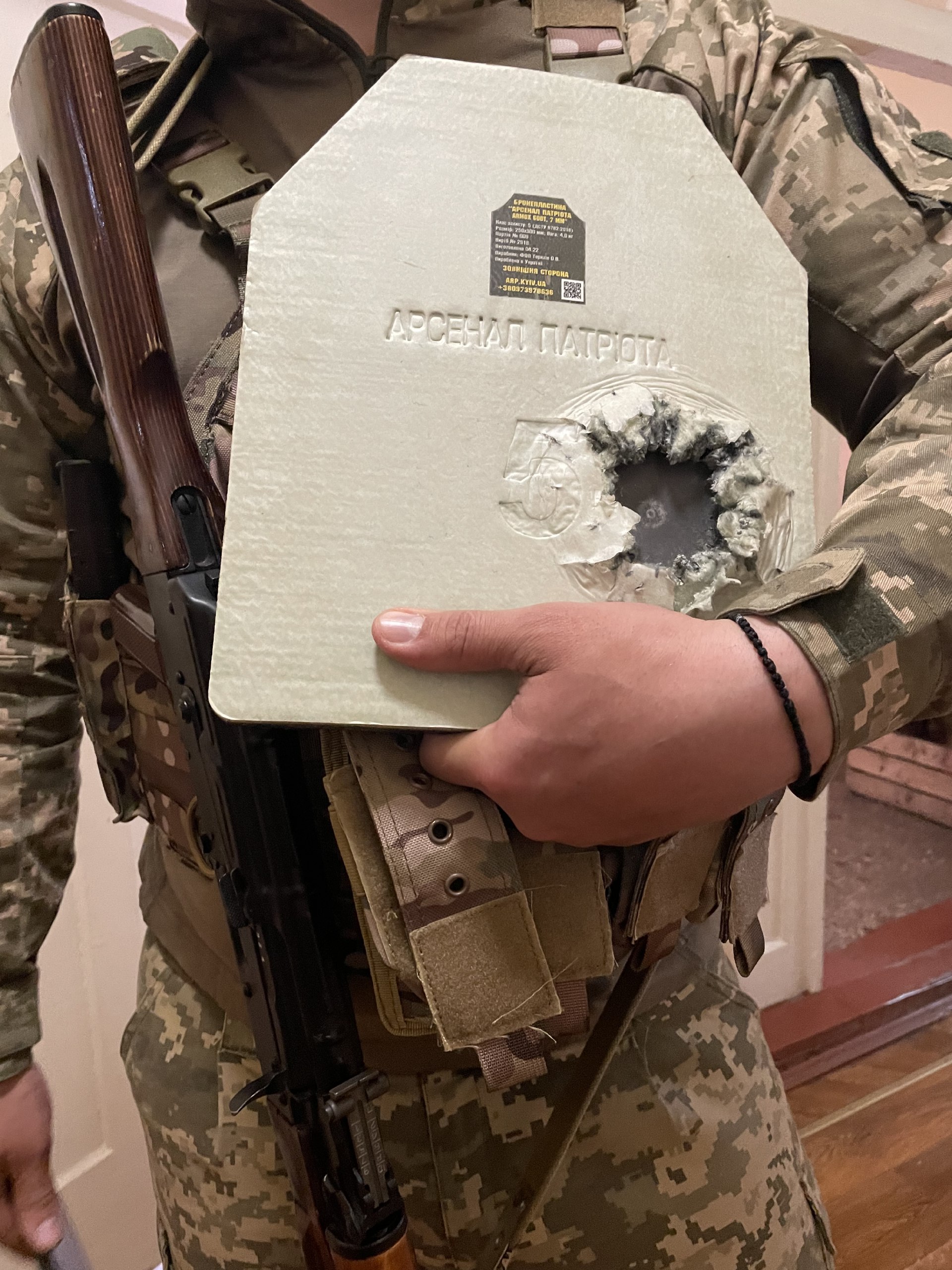
If the bullet pierces through the vest, it will cause significant injury. The fact is that in this case the wound will be much wider, the surrounding tissues will suffer. Blunt trauma is added to the bullet wound, so this option is much worse than just a bullet wound without body armor.
Will armor save you from debris?
It's quite possible. The effectiveness of armor systems against debris is determined by V50. It can have different meanings. Tests are carried out with fragment simulators, which are fired at different speeds into the armor. For example, the vest stopped 50% of the fragments at a speed of 500 m/s. Then for him V50=500.
Can a body armor save you from a sniper?
The exact answer to this question is probably. The thing is, it depends on a lot of factors. Snipers shoot from different distances, different weapons and different ammo. This is only one side, and on the other is your body armor and its protective properties.
Body armor of the 4th and 5th classes of the DSTU is capable of stopping a 7.62x39 mm bullet fired from a Dragunov sniper rifle. But the speed of the bullet, which depends on the range of the shot, also has an effect.
The bulletproof vest of the 6th class of the DSTU has even more chances to stop a bullet fired from a sniper rifle. But no type of body armor will protect against cartridges such as .338 LM or .50BMG. They are specially designed to penetrate multi-layered armor and ceramic plates at long distances. .50 BMG are large tracer or armor piercing rounds. Even if they do not penetrate the vest, they can still lead to serious injury incompatible with life.
How to choose an armor case and adjust it?
When choosing a vest, the main criterion is the size. The size and position of body armor can be determined by the navel as a guide. The top of the anterior armor plate should be located in the middle of the clavicle at the angle of the sternum. For complete protection, choose models with side plate pockets. Studies show that military personnel wearing side-plate vests have a higher chance of survival.
The main thing is a sufficient size of the cover for the plate. More precise adjustments can be made using straps and Velcro. It is important to make sure that the plate is properly installed, otherwise it will not provide adequate coverage and the body armor will be uncomfortable to wear for a long period of time.
It's difficult to adjust a plate carrier while you're wearing it, so getting someone to help you can save you a lot of time. Use the shoulder straps to adjust the backplate so that it is in line with the front rather than sagging lower on the back. Next, if possible, remove the waistband or side straps and reattach them at the front, making sure that no tape or other fastening system interferes with movement.

Loosen or tighten your belt as needed to allow you to breathe and move comfortably while keeping the armor snug against your body. To check if you have adjusted everything correctly, lean forward, backward and from side to side. Then try to bend over and touch your toes. If the carrier does not dig into your body, then you put it on and adjusted it correctly.
Which color to choose?
Many people like black because it's versatile. However, black is rarely found in nature. If you want to blend in with your surroundings (including the crowd), you might want to consider a different color.
Camouflage suits military personnel well, as it has a good camouflage effect. If you want to use a solid color, you can choose olive, khaki or coyote.

You can choose a quality plate carrier in our store Patriot Arsenal. We also sell plates of our own production - choose high-quality models of the 4th and 5th protection class.
Author of the review Ulyana Radostina
